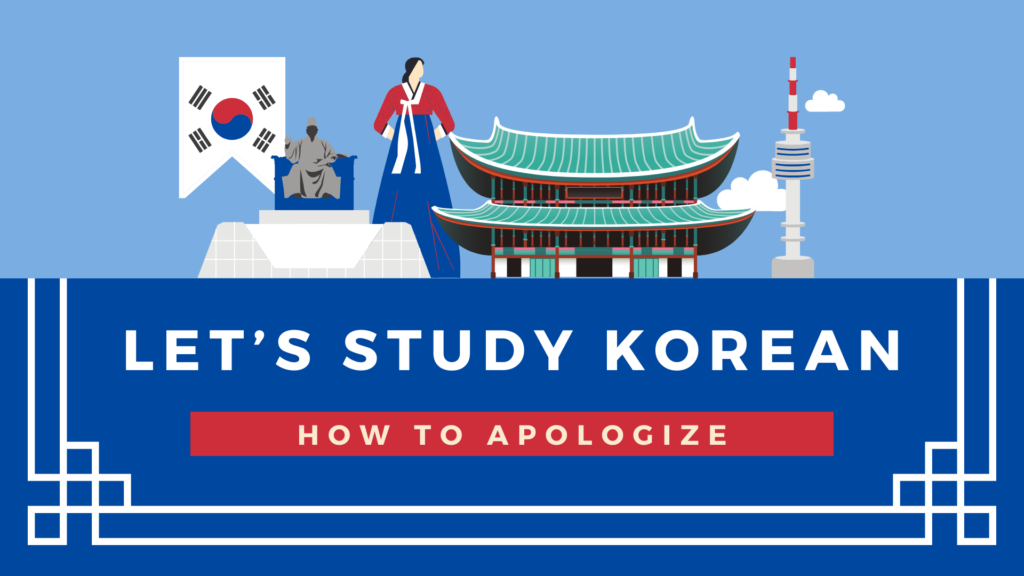Latest updated: March 2024.
The Korean alphabet of Hangul (한글) has a legitimate claim as being the world’s best writing system. Language learners and linguists widely recognize Hangul for its intuitiveness and ease of learning. Let’s explore in more detail why many consider Hangul as the world’s best writing system!
How the Korean alphabet was developed
Most modern writing systems were first developed 1000’s of years ago and have evolved and changed, often beyond recognition over time. As a result, we cannot credit the creation of most scripts to any particular time or certainly, any person. In contrast, the origin of the Korean alphabet Hangul can easily be traced back to 1446 and King Sejong. History, for the most part, has left Hangul untouched from its original, intended form.
Modern Hangul includes 24 letters (down from an original 28) – 14 consonants and 10 vowels. One-syllable blocks derived from the letters make a full sound. The beauty of Hangul is in its simplicity. Consonants logically represent the position and shape of the mouth and tongue when making the sounds associated with them.
Unlike scripts based around the Roman alphabet, there is no real ambiguity in what sound a letter represents. We are fully aware of the litany of silent letters, homonyms, and other problems that make learning English so difficult!
Following romanization, 한글 itself is commonly written in two different ways. Sometimes it is written as ‘Hangeul’, other times as ‘Hangul’. As there are multiple systems of romanization, it’s best to use 한글 itself when writing Korean words in order to pronounce them correctly!
Why the Korean alphabet does not use Hanja?
While there are many benefits to studying Hanja (한자, Chinese characters), it is notoriously no easy task. Hanja is a potentially intimidating roadblock to introducing yourself to Korean. The process of learning to read and write hanja is a gradual process that even for native speakers takes 1000’s of hours of study, up until and beyond adulthood. The Korean alphabet Hangul allows a beginner to bypass such difficulties and start understanding, reading, and writing Korean from the very start. Because of the influence of Hangul, Korea has consistently enjoyed one of the highest literacy rates in the world at over 99%, for decades. These days Hanja are not commonly used and you may only see them occasionally in newspapers, legal, or medical texts.

Hangul Proclamation Day
The Korean alphabet Hangul is so important to the Korean people that there is even a special day to celebrate it. Naturally, it is known as Hangul Day (HangulNal, 한글날) and is held every year on the 9th of October. It marks the official proclamation day of the script in 1446. On this day Korea puts on all kinds of events and exhibitions, showing how much Hangul means to the country and the population. The country goes so far as to declare this as a national public holiday. Children and many adults alike will have the benefit of a day off to enjoy this day to it’s fullest.
Not only in Korea, but Korean Centres around the globe will host Hangul related events on this day. From calligraphy to stories, to history, you will surely be able to find something that fits your particular interest.
If you are not already familiar with the Korean alphabet, why not give it a go? You will be surprised how quickly you are able to pick up the mechanics! Learning to read and write Hangul is one of the first steps to Korean fluency. Download our learning app ‘Hangul Quest’ and check it out!
Whatever stage you are at, have a look at the services Go! Go! Hanguk can offer to further your Korean learning journey! Follow our blog and TikTok account for information about living in Korea.
















